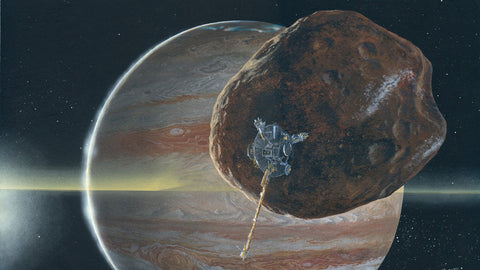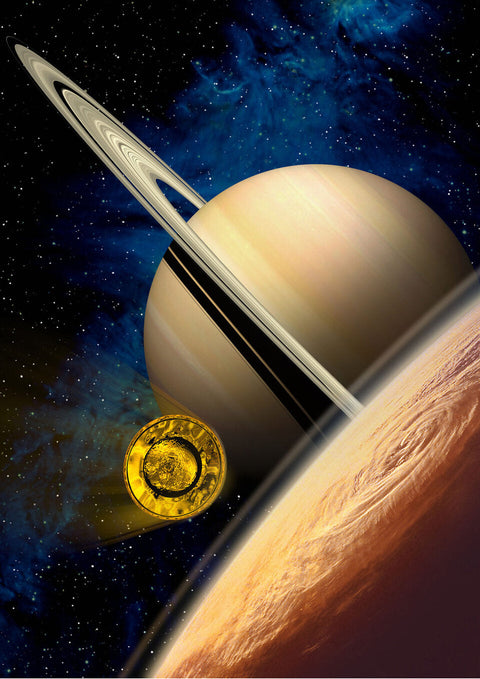After completing its primary mission of exploring Jupiter and its moons, the Galileo spacecraft wasn't ready to rest. Launched in 1989, the resilient probe continued its journey as part of its extended mission, pushing the boundaries of scientific exploration even further. Over the course of its extended mission, Galileo continued to provide invaluable insights into Jupiter and its intriguing moons, cementing its status as one of the most influential space missions in history. In this blog, we delve into the remarkable achievements and significant scientific discoveries made during Galileo's extended mission.
Extending the Journey: Galileo's Resilience
At the conclusion of its primary mission in 1997, Galileo was redirected to avoid any potential impact with Jupiter's moon Europa. Despite facing communication challenges and the harsh radiation environment near Jupiter, engineers skillfully adapted the mission, allowing the spacecraft to continue its scientific pursuits. Galileo's extended mission allowed for further exploration and in-depth study of the Jovian system.
Probing Jupiter's Atmosphere: A Closer Look
During its extended mission, Galileo executed a series of daring flybys of Jupiter, venturing deep into the planet's atmosphere. These close encounters provided scientists with crucial data on the composition, structure, and dynamics of Jupiter's turbulent atmosphere. The measurements helped refine our understanding of the planet's weather patterns, its mysterious Great Red Spot, and the complex interactions within its gaseous envelope.
Europa Revisited: Unraveling the Enigma
Galileo's extended mission included multiple flybys of Europa, offering tantalizing glimpses of its icy surface and the enigmatic features etched upon it. The data collected during these encounters strengthened the case for a subsurface ocean beneath Europa's icy crust. Additionally, Galileo detected evidence of potential plumes erupting from Europa's surface, reinforcing the fascination with this moon as a prime target in the search for extraterrestrial life.
Ganymede and Callisto: Moons Under the Spotlight
In its extended mission, Galileo also conducted flybys of Ganymede and Callisto, Jupiter's two largest moons. These encounters provided unprecedented high-resolution images of the moons' diverse landscapes, including ancient cratered terrains, icy plains, and tectonic features. The data collected not only deepened our understanding of these moons' geological histories but also provided essential context for future missions targeting these intriguing worlds.
The Final Bow: Galileo's Impactful Conclusion
Galileo's extended mission came to an end on September 21, 2003, when it was deliberately directed to plunge into Jupiter's atmosphere. This final act, akin to a celestial swan song, ensured that Galileo would avoid any potential collision with Europa, preventing contamination of this potentially habitable moon. The wealth of scientific data and awe-inspiring imagery captured during Galileo's extended mission continues to be analyzed and serves as an invaluable resource for current and future generations of planetary scientists.
Galileo's extended mission marked a glorious chapter in the history of space exploration. Despite challenges and limitations, the spacecraft's resilience and the ingenuity of the scientific community led to a treasure trove of discoveries. From probing Jupiter's tempestuous atmosphere to peering closely at the intriguing moons of Europa, Ganymede, and Callisto, Galileo's extended mission has significantly enriched our understanding of the Jovian system. As we look back on this groundbreaking mission, we are reminded of humanity's unwavering spirit of exploration and the endless wonders that await us in the cosmos.






